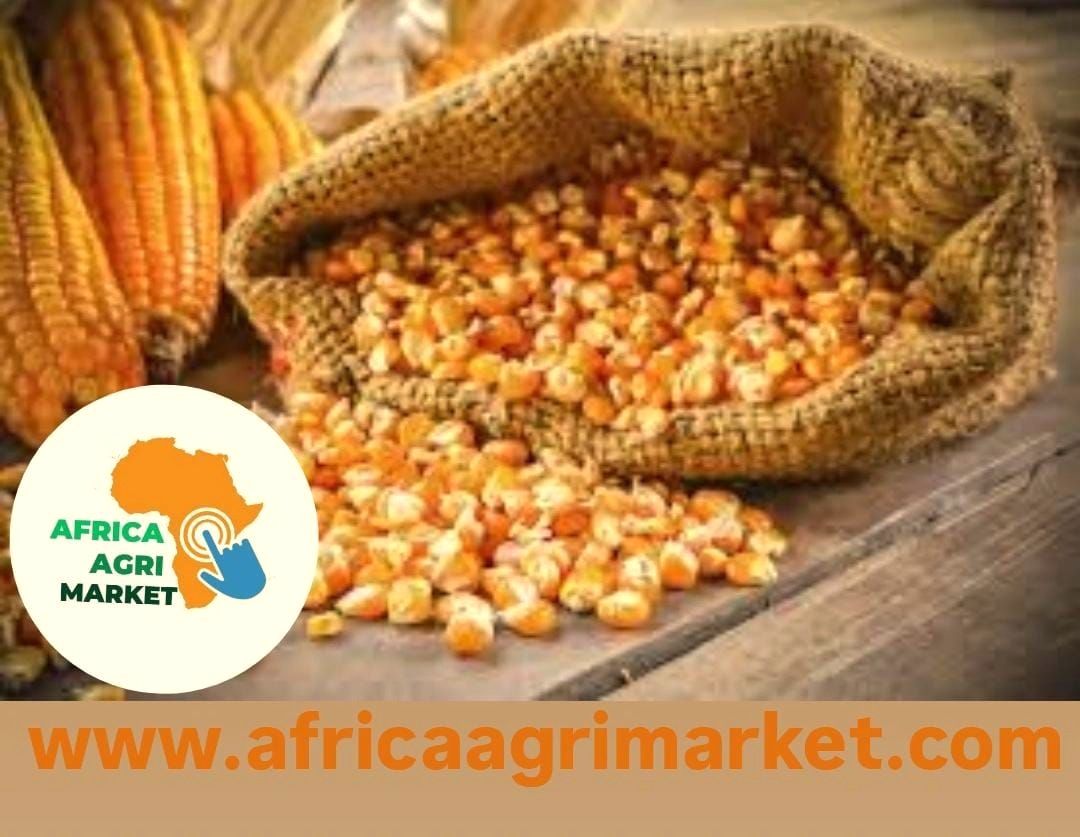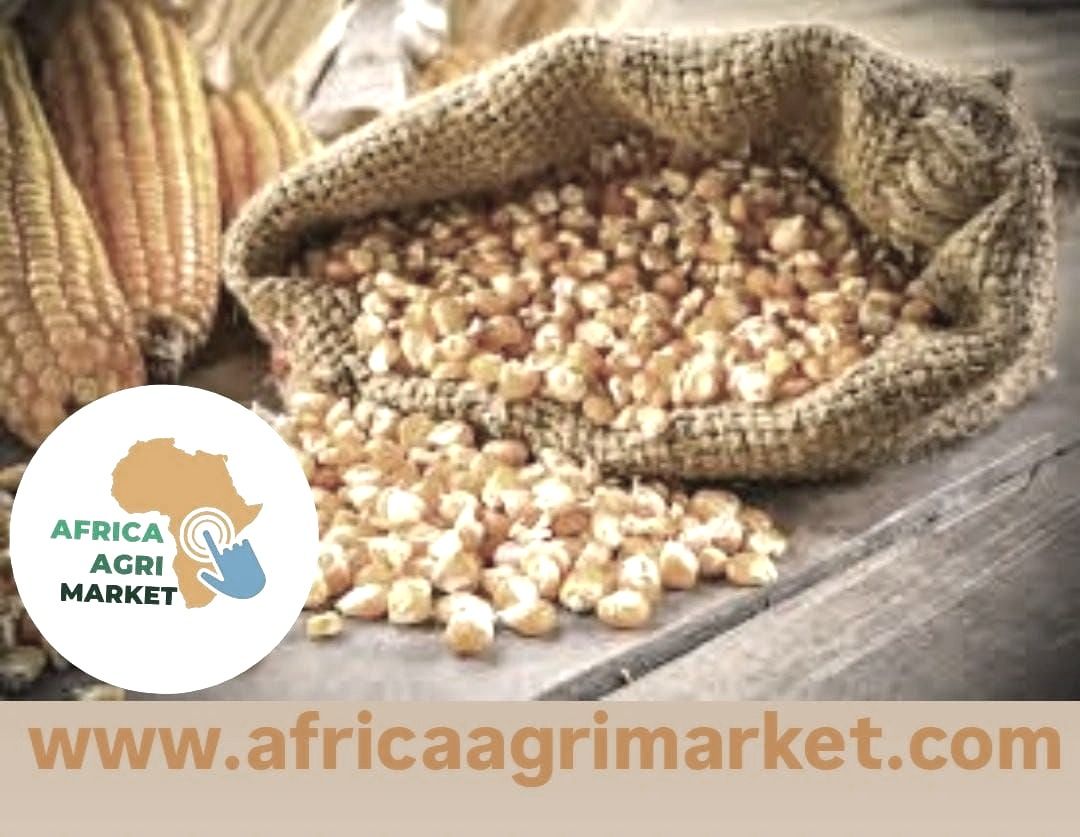🌽🇿🇼 Zimbabwe’s Maize Import Ban: What It Means for South African Farmers & Exporters 🚜📉

Harare / Pretoria, September 2025 — Zimbabwe has reinstated a ban on maize imports, citing a bumper domestic harvest and a desire to protect local farmers. The move has sparked concern and recalibration among South African maize producers and exporters, many of whom have traditionally relied on Zimbabwe as a key market.
In August 2025, Zimbabwe’s Ministry of Agriculture reinstated the maize import ban after reporting a strong harvest, enabling it to meet its milling demand with local output.
- Experts say the ban is targeted: to support domestic farmers, reduce dependence on foreign grain, and manage foreign currency outflows.
- Still, analysts caution that Zimbabwe’s production—estimated at about 1.3 million tonnes in 2024–25—falls short of its annual consumption needs of ~2.0 million tonnes, leaving a gap of ~700,000 tonnes.
Loss of a Major Export Market (at least temporarily)
Almost 18% of South Africa’s maize exports historically go to Zimbabwe.The ban means that in the short run, SA exporters may lose a portion of that business, particularly for white maize varieties favored in Zimbabwe.
Export Diversification & Market Shift
South African producers are already turning to alternative markets—such as East Asia, the broader Southern African region, and beyond. At the same time, Zambia, with a projected bumper crop, is expected to compete more aggressively for regional export contracts.
Price & Domestic Pressure
With one key external buyer sidelined, local prices in SA could come under pressure—especially if domestic supply is ample. Conversely, in Zimbabwe, restrictions on imports may raise local maize prices, affecting consumers and processors. The Mail & Guardian+2The Herald+2
4. Possibility of Re‑entry Later in Season
Many analysts believe Zimbabwe may not sustain the ban for the full marketing year. If deficits emerge, it may return to the import market, potentially reinstating demand from South Africa.
SA exporters should remain flexible—shifting volumes to other markets while staying ready to reengage Zimbabwe if import demand resurfaces.
Monitoring Zambia’s export strategies is crucial, because increased competition could further squeeze SA’s share in regional markets.
For SA producers, maintaining cost competitiveness is vital — given the possibility of lower margins if demand dips.
Zimbabwe’s agricultural policy will be key to watch: factors like weather, input support, and food security pressures might force adjustments in its import stance.
